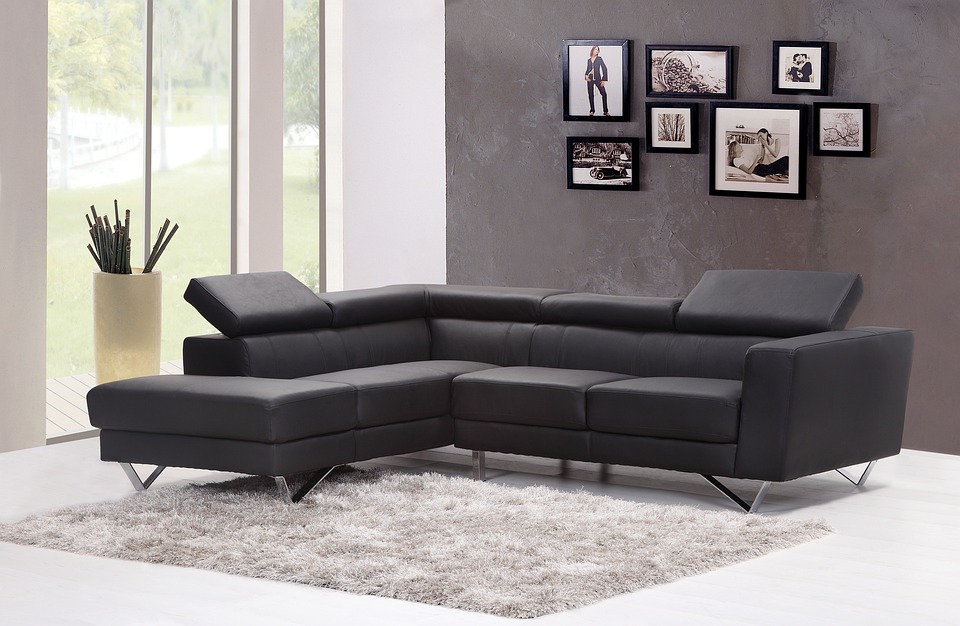Carpet Cleaning – Removing Stains Caused By Cellulosic Browning
Have you ever been startled by those strange brown stains appearing on your off-white carpet or upholstery? Most of the time this phenomenon occurs after carpet or upholstery cleaning, but it may also develop after a water leak or spillage on your fabric. This article will discuss what causes those brown stains and suggest ways to clean them up
Usually, browning occurs as a result of chemical or physical reactions with cellulose that is either in the carpet itself or in the base or backing of the carpet. Cellulose is the main component of natural fibers like cotton, linen, jute, or sisal which are derived from plants. Once upon a time, most carpets were made from natural plant fibers, but nowadays almost all wall-to-wall carpeting is 5th generation synthetic nylon. Today, cellulose will be found principally in the backing of older type carpets, or area rugs.
The plant cells in cellulosic material are bound together by a beta-glucose commonly known as lignin which is very soluble in hot alkaline solutions. And therein lies the cause of cellulosic browning. When copious amounts of high pH cleaning solutions are used in carpet cleaning, the lignin is oxidized and dissolved, and if the rinse solution is not neutralized, the brown beta-glucose color will wick to the surface of the carpet and cause that ugly discoloration.
Browning can also appear on synthetic carpet or upholstery fabrics, although not as frequently. This is not true cellulosic browning, but the effects are the same. The brown coloration migrates to the tips of the carpet fibers and causes the problem. This can happen if the carpet is too wet; if there is a lot of dry soiling at the base of the fibers; if there are certain types of indicator dyes in the carpet fibers, or if the cleaning solution is highly alkaline. Of course, it will be accentuated if there is a combination of any of these factors.
So, here are factors to consider in helping to prevent cellulosic browning from occurring together with procedures for removing it from your carpet. This applies to all carpet or upholstery fabrics, whether they are composed of natural or synthetic fibers.
Vacuuming – Frequent vacuuming will help to prevent any accumulation of soil particles in the carpet. It is recommended that vacuuming should be done daily if possible, but at least three times per week should suffice under normal conditions. A thorough vacuuming should be done just before cleaning to remove as much soil as possible. At the same time, the carpet pile will be opened up to facilitate easy permeation of the cleaning solutions unto the fibers.
Cleaning Solutions– Avoid using highly alkaline solutions, especially if they will be hot. If this is not possible, be sure to neutralize with a mild acid rinse or spray after cleaning. The mild acid rinse solution may also correct the browning problem if it contains a weak bleaching agent like sodium bisulfite. Do not use bleaching agents containing chlorine or other halogen compounds as they may remove color from the fibers completely, or dissolve natural protein fibers like wool.
Drying– Browning is accelerated if the fabric remains wet for too long. This facilitates wicking which draws the colored material to the top of the fibers. Dry the carpet thoroughly and quickly. Use a bonnet or absorbent pad if necessary. If there is severe wetting, an induction fan should be left on the carpet to accelerate drying.
Remember that a weak acid rinse will correct browning problems in most cases. As always, when in doubt, call in a professional carpet cleaner.




